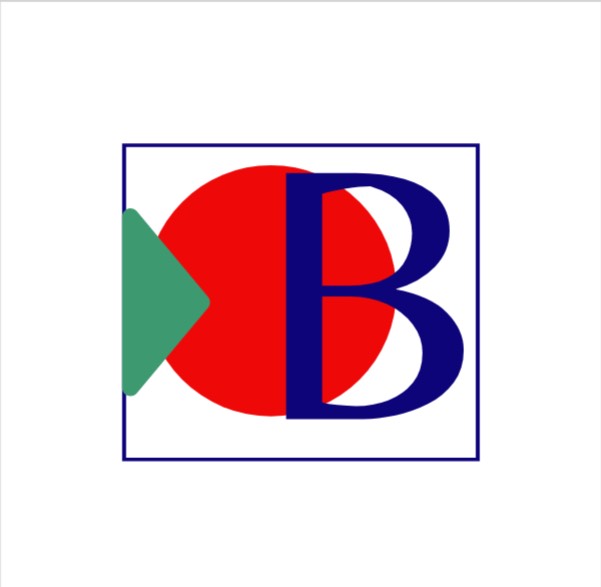Our Members
Brave Dimension Global
About the organisation
Brave Dimension Global is a registered rights-based feminist organization that builds meaningful connections between the United States and Bangladesh, focusing on youth-adult partnerships across Bangladesh and South Asia. Through a global network of dedicated activists and allies, the organization supports grassroots efforts with tangible resources and expertise.
Brave Dimension Global offers direct financial assistance to activists and provides targeted training in areas such as HIV/AIDS awareness, mental health, leadership development, women’s empowerment, and advocacy. It also funds education for underprivileged communities, fights poverty, promotes climate justice, and advocates for sexual and reproductive health and rights (SRHR), SOGIESC inclusion, gender-diverse communities, and minority rights.
The organization documents underrepresented narratives, conducts interviews with refugees and asylum seekers, and amplifies the lived experiences of marginalized and displaced communities through storytelling and media.
SRHR publications/research
The Kutupalong-Balukhali Expansion Camp near the tourist town, Cox’s Bazar is now the world’s largest refugee camp and around a million Rohingya refugees have been living in different camps currently. This displaced crowd was too sudden that Bangladesh government had no other choice to resettle them immediately though more than 120 humanitarian organizations have been working so hard to make their lives better.
According to the UNAIDS report, there are currently 2,03,000 to 2,60,000 HIV/AIDS sufferers in Myanmar within 23% of injection receiver, 6.3% of female sex workers and 6.6% of homosexuals are infected with this virus. According to that, there are 2000/2500 AIDS patients among Rohingya who came to Bangladesh. These densely packed refugees are heightened the risk of HIV/AIDS, STDs and STIs, domestic and sexual violence, drug abuse and so on. Resources are even scarcer when it comes to healthcare, with only 6.3% of funding needs met of total crisis.
Sadly, in the host country, Bangladesh, only 3900 of 12 000 people living with HIV know about their status and only 1800 people are on antiretroviral therapy. This is very alarming news for the infected refugees regarding HIV/AIDS, STDs & STIs. As a result, so far 319 Rohingyas have been identified with HIV/AIDS, which were 273 till August 2018. Of these, 277 are under treatment.
According to concern people, till February, 448 people have been identified with HIV/AIDS within 319 are Rohingya and 129 are Bangladeshi. Among the victims, 277 Rohingyas and 72 Bangladeshis were brought under treatment. Among the HIV/AIDS victims total 63 people have died within 19 are Rohingya and 44 Bangladeshi.
In recent years, the whole world is experiencing several phenomena; Refugee crisis, LGBTI movement and climate change are most significant among them. As this is the second episode of “Rohingya Crisis”, we can try to find some very relevant answers to difficult questions. Statistically, Bangladesh is a land of around 167 million people, ranked 8 in the world by population and currently world’s most densely populated country in. Was Bangladesh ready for another near a million people?
In April the Bangladeshi Prime Minister, confirmed that her government planned to move 100,000 Rohingya refugees to Bhasan Char. she said. “We have prepared a better place for them to live, with houses and shelters where they can earn a living.” The UN and aid agencies were not convinced. They still believe any refugees relocate to Bhasan Char will be isolated, trapped at the mercy of cyclones, floods and human traffickers. Is the current refugee camp safe and well equipped?

According to many world’s experts and scholars, Rohingya refugee crisis is one of the biggest humanitarian crises the world has faced in most recent era. The face that, this displaced crowd was too sudden that Bangladesh government had no other choice to resettle them immediately on a hilly jungle. They cleaned the jungle, cut the trees and built their huts to accommodate more and more people.
Matter of fact, absence of basic living facilities during humanitarian crises places the life of girls and women at particularly high risk of exploitation and exposure to HIV and other sexually transmitted infections. There is no particular data to access SRHR related case. Prof Dr Serajul Islam, former head of Dermatology Department of CMCH blamed the Rohingya community for the threat of AIDS epidemic in greater Chattogram region; he said “The Rohingya refugees must be confined in their camps to restrict HIV/AIDS from spreading in the country”
According to data from the National AIDS/STD Programme, 799 people have died from the disease since the first AIDS case was identified in Bangladesh in 1989. Among them, 141 died in 2018. Still there is no particular data for Hijra and Transgender population regarding HIV/AIDS, STIs and STDs. According to district health administrative, Rohingya camps management authorities and government health officials, since 31st December 2015 in Cox’s Bazar, one transgender person and 48 children have been diagnosed with HIV/AIDS.
Bangladesh government has taken some programs regarding HIV/AIDS, STDs and STIs like free HIV screening, counseling service, awareness campaigns, distributing necessary kits to diagnose the virus in hospitals, proper training to medical stuffs, and providing antiretroviral drugs to HIV patients.

